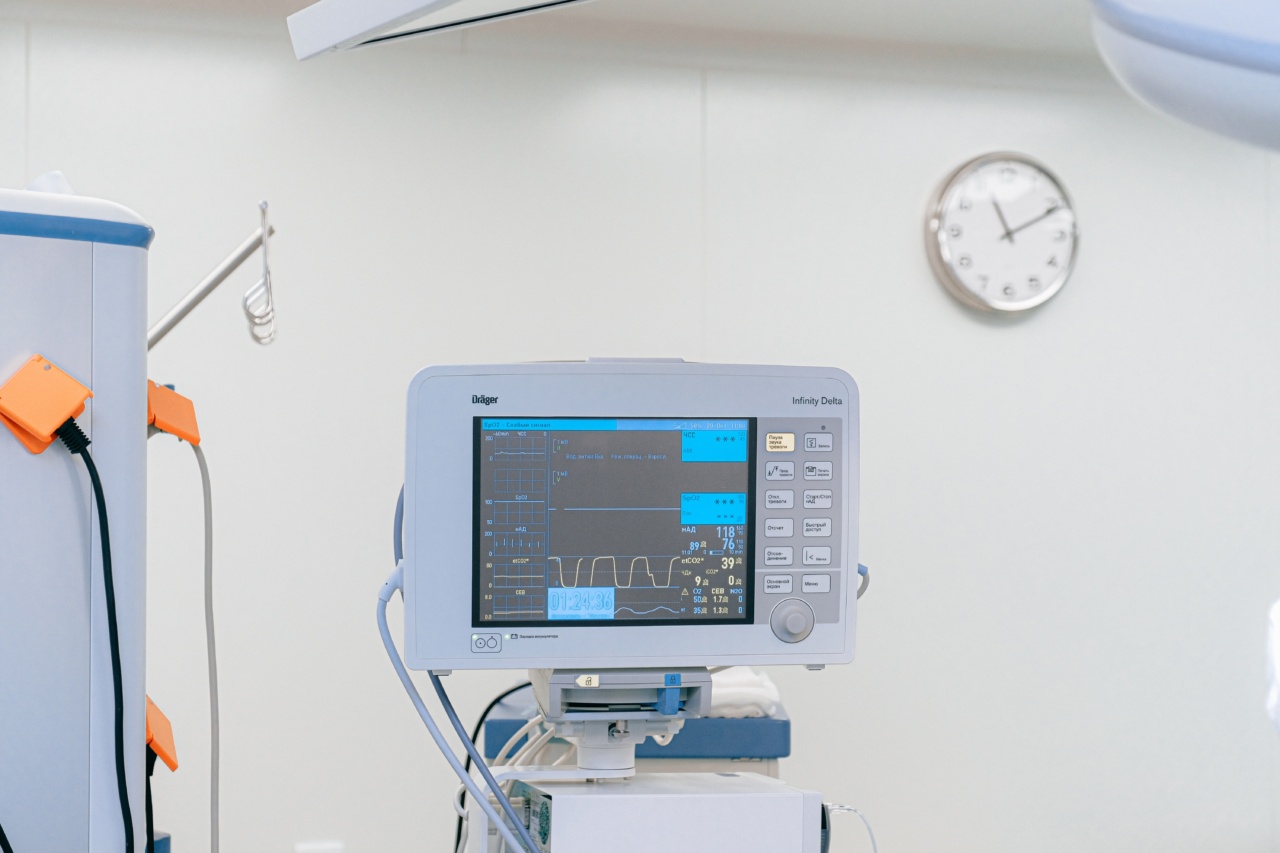Heart diseases can put a significant impact on a person’s life and also pose a risk of death. There are various heart-related problems, including congenital heart disease, coronary artery disease, and arrhythmia.
One such uncommon heart condition is the anomalous coronary artery which affects the heart’s function, putting the patient at risk of sudden cardiac episodes.
A Brief Introduction: Anomalous Coronary Artery
An anomalous coronary artery is a medical condition in which the coronary artery originates from the wrong location or travels an abnormal course. It is a rare condition that affects 1 in 1,000 people.
It occurs when the blood vessels that supply oxygen and nutrients to the heart muscles develop abnormally. In some cases, it may not cause any problems; however, in some cases, it can lead to life-threatening conditions such as heart attack, sudden cardiac death, and heart failure.
Symptoms of Anomalous Coronary Artery
Anomalous coronary artery symptoms are similar to other heart-related problems, which makes it difficult to diagnose in some cases. However, some common symptoms of anomalous coronary artery include:.
- Chest pain or discomfort
- Shortness of breath
- Irregular heartbeat (arrhythmia)
- Fatigue or weakness
- Fainting or loss of consciousness
If you experience any of these symptoms, you should seek medical attention immediately.
Diagnosis of Anomalous Coronary Artery
Diagnosis of anomalous coronary artery can be difficult as symptoms may or may not present themselves. However, your healthcare provider may recommend you undergo certain tests to diagnose the underlying condition, including:.
- Electrocardiogram (ECG)
- Echocardiogram
- Cardiac MRI or CT scan
- Stress tests
- Coronary angiogram
These tests help determine the exact location and the abnormality of the blood vessel. They also help recognize any damage to the heart muscles.
Treatment for Anomalous Coronary Artery
Treatment for anomalous coronary artery depends on several factors, such as age, the severity of the condition, and overall health.
In most people, the anomalous coronary artery can be managed with medications to control blood pressure, cholesterol, and arrhythmia. Additionally, people are requested to make certain lifestyle changes such as exercising regularly, maintaining a healthy weight, and avoiding tobacco products.
In some severe cases, the healthcare provider may recommend surgical treatments such as coronary artery bypass grafting (CABG) or, at times, heart transplantation.
Groundbreaking Surgery for Anomalous Coronary Artery
Research suggests that surgical treatment for anomalous coronary artery provides better outcomes and improves the quality of life in affected patients.
A breakthrough surgical procedure was developed that involves a technique known as a coronary artery translocation.
What is Coronary Artery Translocation?
The coronary artery translocation is a surgical procedure that involves relocating the anomalous coronary artery to the correct location.
The procedure involves taking the affected artery, detaching it from the aorta, and repositioning it behind the pulmonary artery to provide better blood flow and avoid compression. The surgery significantly reduces the risk of sudden cardiac arrest and congenital heart disease.
Why is it a Groundbreaking Procedure?
The coronary artery translocation surgery is groundbreaking because the anomaly is so rare that there is limited research available. Moreover, it is a complex surgery that involves a high risk of complications.
The surgery requires a team of highly skilled professionals and specialized equipment to implant the artery in the right location successfully.
Recovery Process after Surgery
Recovery after a coronary artery translocation surgery is typically long, and the patient needs to take certain precautions to ensure they recover correctly. The patient may need to stay in the hospital for several days before being discharged.
The healthcare provider may recommend several lifestyle changes such as starting a healthy diet, exercising routinely, avoiding tobacco products, and managing stress levels.
Conclusion
Considering the life-threatening nature of anomalous coronary artery, it is imperative to get diagnosed and receive proper treatment.
The groundbreaking coronary artery translocation surgery provides hope for a better quality of life for patients suffering from this rare condition. It is vital to maintain good heart health via lifestyle changes such as exercising regularly, maintaining a healthy diet, and avoiding tobacco products.

























